Congratulations! You got someone to buy from you… Now what?
You can either:
a) Have a run of the mill purchase experience just like everyone else… or
b) Blow their freaking mind with how you pay attention to all the little details and make buying a fun, on brand experience.
Which do you think will impact the likelihood of earning a repeat purchase?
In the world of software development, paying attention to all the little details that happen immediately after a person buys is what’s known as the first-run customer experience. How quickly can you get them acquainted with the software so they can see it's value?
In ecommerce, we need answer a similar question, “How do we get brand new buyers acquainted with our brand and excited about becoming a repeat customer?”
Addressing this early (even before you have customers) is a huge part of growing repeat revenue.
Like David Williams says in his article on decoding customer lifetime value, an average online store gets 43% of their revenue from repeat purchases.
Looking at the graph again, you see that the top companies - those on the far right - are getting around 75% of their revenue from repeat purchases.
In the “What Sets Top Performing Ecommerce Companies Apart?” article I published a few months ago, we can see that top performing companies are getting over 50% of their revenue from repeat customers within 3 years, with repeat revenue on an upward trend, so it’s not hard to imagine repeat revenue continuing to grow.
But let’s not get ahead of ourselves; getting someone to buy a second time
all starts with a new customer’s first-run experience. I'll show you how.
Step 1 - Customizing The “Thank You For Buying” Page
Immediately after a customer completes the checkout, what happens?
Do they see a page like this?
Now granted, there’s nothing inherently
wrong with this page. It shows the product, it says “thank you” and it moves on with it’s day. But it could be better.
First, while the “Thank you for your purchase!” language is ok, it may not reflect your brand or encourage what you’d like your new customer to do next.
This can be remedied by navigating to the “Languages” section of your theme and clicking on the default language, then to the “Checkout & System” tab, and finally to the “Checkout thank you” section.

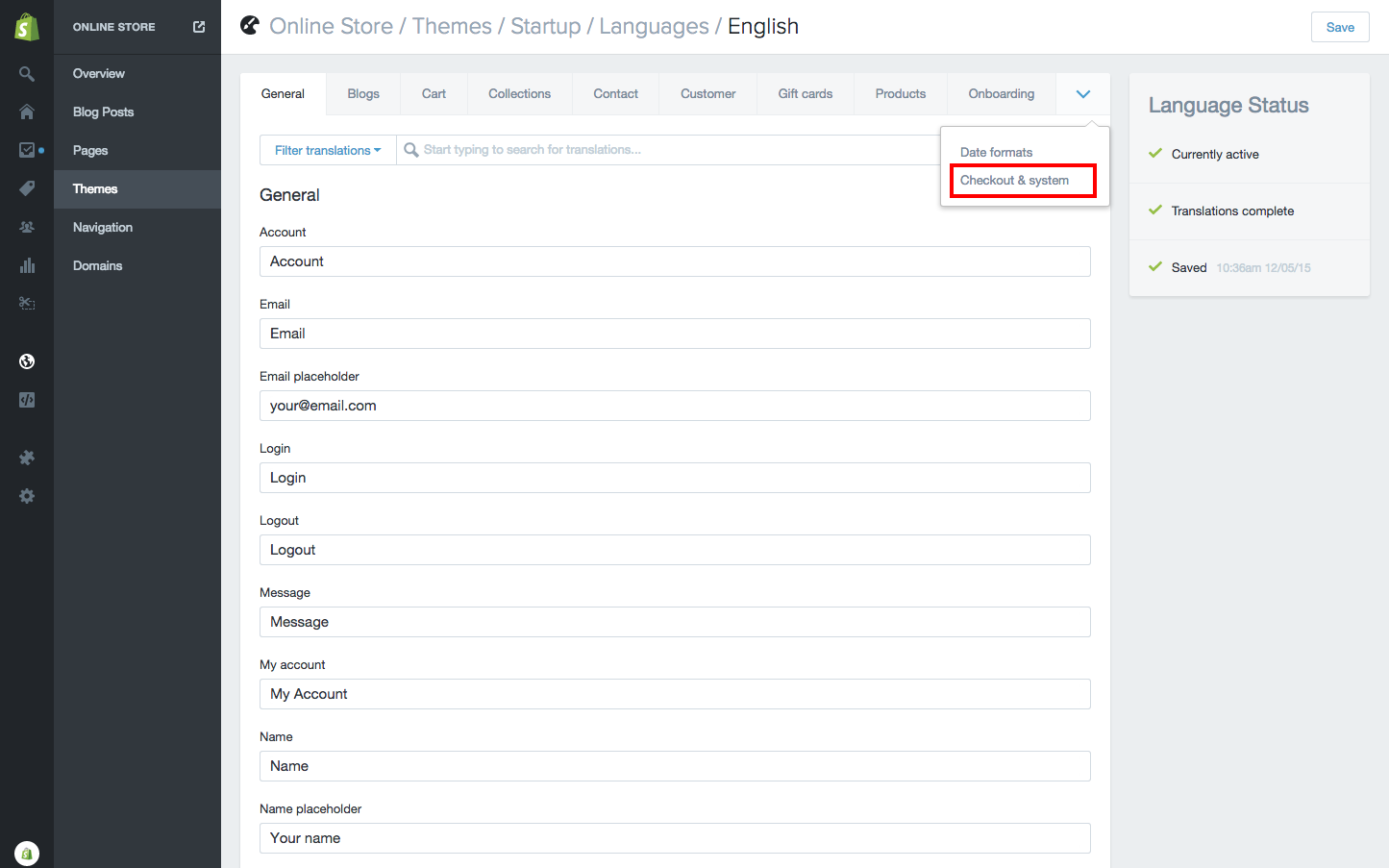

These very simple edits allow you to turn the default stock text into a branded experience that carries the momentum from purchase into the next step.

Taking this a bit deeper, there’s a whole section in the Shopify manual that shows you how you can further customize the thank you page, giving you the ability to insert valid html, scripts, liquid objects, and more within certain sections of the page. (
Note: These alterations are not supported by Shopify Gurus, and you will need to monitor for updates we make to the cart.)
At a very basic level, though, you could do things like add videos or “recommended products” to the thank you area, and continue to build on the branded experience.

There is a lot more you
can do, but this is a good place for you to get started. I highly recommend you check out the Shopify Manual to see what’s possible.
Related: The “Happy Ending” app makes customizing this page pretty easy.
Step 2 - Customizing the Order Confirmation Email
Next, your new customer is going to receive the order confirmation email.
Traditionally, these are pretty boring and not worth opening, right? Here’s what a stock confirmation email looks like:

The thing about a first-run experience though is that you want to keep new customer excited and confident about their purchase.
Quell any chance of having buyer’s remorse by further introducing them, and making them a part of your brand.
Email marketing app Emma shows just one way this can be done, by having a beautifully designed email along with a special offer for first time customers.

Tucker Schreiber wrote on the Shopify ecommerce blog about 5 different email receipt marketing tactics that are worth exploring and shares some very compelling research as to why you should not be overlooking this area of your marketing.
These include:
- Upsells
- Discount codes
- Promote social media accounts
- Collecting qualitative feedback
- Have customers share their purchase on social media
Even if all you’re doing in the order confirmation email is introducing your new buyer to your brand’s sense of humor and qualities, it can go a long way to getting people in the habit of opening your next message.
This is one by a luxury shoe company called Fluevog, which my wife loves, and while it doesn’t offer anything direct like upsells or discounts, and it's not even particularly visual, it does give you a glimpse of the brand’s humor.

(
Read: Your shoes are being picked and packed by Elves. And even though it’ll take two weeks for you to get your order, that’s kind of a short time when you “think of it in terms of the history of the universe”)
The important about with the order confirmation emails, is that you are
training your new customers to open or ignore your future emails.
Step 3 - The Shipping Confirmation Email
I don’t know about you, but when I look in my own inbox and see the words “
Your order has shipped!” I get excited.
Not just a little excited either. Like, a 6 year old kid the day before Christmas excited.
For example, I recently ordered a bicycle from PureFixCycles.com, and once I received the shipping confirmation email,
I would not shut up about my new bike for the next 7 days (Seriously, ask my wife.)

I imagine that a good portion of your customers feel the same way about receiving their order too, right?
Build on that. Give them a reason to continue to be excited about their purchase and looking forward to receiving it in the mail.
In Jimmy Daly’s “
How to Send a Great Shipping Confirmation Email” he shares a couple of best practices for shipping emails:
- Lead with the good stuff (Your order’s been shipped!)
- Make it easy for your customer to track their order by linking to the tracking site
- Include expected delivery date
- Offer a coupon, flash sale, or some other call to action like refer a friend
- Alleviate anxiety by reminding them of customer service & return policies
This is also another great place to showcase your brand’s personality.
Going back to the Fluevog example from earlier, their shipping confirmation email tells a story about how the Fluevogian Elves found my products and sent it along to other interesting characters within the company, and the steps my package has taken just to get to my door.
It’s a fun little read which builds the anticipation of receiving the order in the mail.
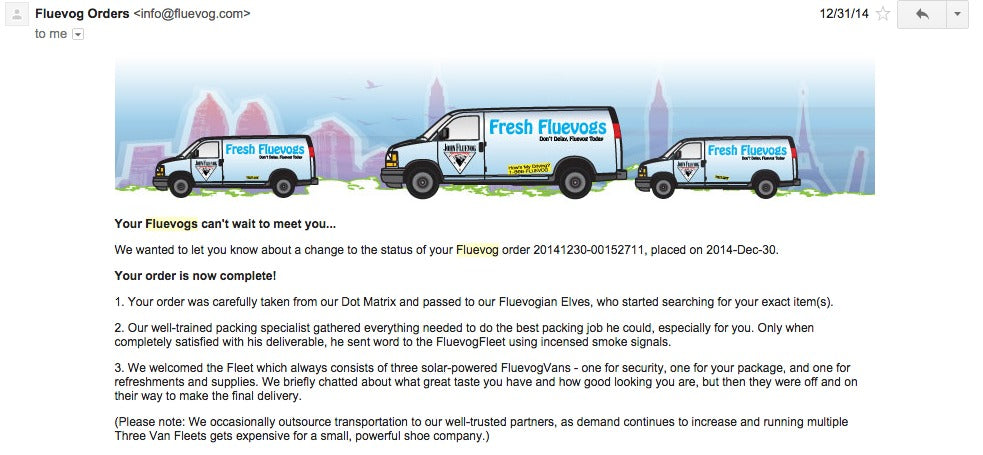
There are an infinite number of things you can do with the shipping confirmation email, but the main thing to keep in mind is that
you want to keep them excited that their order is on the way! Step 4 - Create A Memorable Unboxing Experience
This is by far my biggest pet peeve when shopping with
most retailers online.
For all of the investment that went into creating
compelling product shots, fancy Facebook ads, and something that is visually interesting that gets me excited to buy it, why drop the ball when the product gets to my door?
For example, here is what a company I recently bought from uses for a Facebook ad:

Here’s what they show on the website:

Here’s what I got in the mail:

Needless to say, I was a little disappointed.
But this happens all the time. No matter what you order, it seems like it almost always comes in the same white or brown package. It cheapens the experience and it destroys the illusion when it matters most.
It makes me feel silly for buying into the image the brand sold me. Now instead of being part of
something, I bought another useless thing that will collect on a shelf or get sent to the thrift store in 6 months.
My colleague Richard wrote
2 articles you must read if you don’t want your customers to share my sentiment:
Now, if you’re thinking to yourself, “Yeah, but custom packaging is too expensive” I want you to consider a few things...
First - there are 19.7 million results on Youtube.

That’s a lot of videos, and there’s a possibility that some of your customers like to shoot unboxing experiences, which of course, equates to free promotion for you.
Likewise, there are over 83,000 results on Instagram tagged #unboxing ...
And over 51.7 Million results in Google for the search term “Unboxing”

According to this article on CNN, the number of clips on Youtube with “unboxing” in the headline has increased by 871% since 2010 and in the year 2013, there was 2,370 days (or 6.5 years) worth of footage uploaded to the site dedicated to unboxing videos.
In one example, an unboxing video of chocolate eggs containing a small toy received over 35 million views in just 2 years time, meaning there is potential for a massive exposure, which brings to me to my next point…
Second - There are likely people
with reach - in your market - who make these videos.
Given the nature of the content, it is viable to consider unboxers as a marketing channel.
There are over 2 million channels that have “unboxing” either in their channel’s title, or channel description, and that doesn’t even necessarily account for Youtubers who are dedicated to product reviews, tutorials, or recommendations.

So, if you’re saying “Custom packaging & inserts are expensive” I want you to think of these as a marketing and opportunity costs that can both reduce your overall cost per customer acquisition and work as a marketing distribution channel.
Your customer’s don’t live in a vacuum. The unboxing plays such a big role in word-of-mouth referrals, that it’s a detail that is worth investing in.
Step 5 - The Follow Up Email
Just because your new customer received their package doesn’t mean they’re not still excited about it.
Yet, this is one of the
biggest missed opportunities I see time and time again. After they receive their order
follow up with them and encourage them to take another action that gets them reinvested in the brand.
My friends over at Rejoiner share a spectacular in an article you should read immediately after this one titled “How Warby Parker Delivers Magical Moments Over Email”.
My favorite emails out of the bunch are those that acknowledges that the item is at your house and in your hands.
While this specific example is about determining which pair of glasses you’ll eventually buy, the beauty of acknowledging the item is in your customer’s hands is that you can also encourage your new customer to take another action.
Knowing that the product is in your customer’s hands makes a prompt like “Take a Photo & Share on Instagram” have that much more weight.
And because you’ve been maintaining the momentum of their initial excitement from the moment they clicked “Add to Cart” the likelihood of action is much greater.
Also, with an integration like FriendBuy or ReferralCandy you can incentivize sharing even further, rewarding new customers for referring friends from their social network.
Conclusion
Don’t underestimate the little details.
There are so many little fears, uncertainties and doubts that come from buying from a new company for the first time, that you’re in a prime position to exceed expectations and surprise the heck out of your new buyer.
Each of these little moments is a sweet “reward” for taking a chance with you, and it is a big part of what turns from “meh” buyers to evangelists that can’t wait to sing your praises and shout your name from the rooftops.
 About The Author
About The Author
Tommy Walker is the Editor-in-Chief of the Shopify Plus blog. It is his goal to provide high-volume ecommerce stores with deeply researched, honest advice for growing their customer base, revenues and profits. Get more from Tommy on Twitter. 
 Klaviyo allows you to send beautiful newsletters and automated emails to segments of your list using their completely customizable templates. Want to automatically send a thank you coupon to loyal customers after their second purchase from your store? Klaviyo can do it. Want to send out automatic emails to anyone that hasn't purchased from your store in six months? Klaviyo can do that. The best part? Klaviyo will also automatically track all sales relating from your email campaigns, so you'll know exactly how well it's working.
Klaviyo allows you to send beautiful newsletters and automated emails to segments of your list using their completely customizable templates. Want to automatically send a thank you coupon to loyal customers after their second purchase from your store? Klaviyo can do it. Want to send out automatic emails to anyone that hasn't purchased from your store in six months? Klaviyo can do that. The best part? Klaviyo will also automatically track all sales relating from your email campaigns, so you'll know exactly how well it's working. Pop-Up Window is a simple, yet powerful app that will allow you to add a fully customizable popup to your site to capture customer emails.
Pop-Up Window is a simple, yet powerful app that will allow you to add a fully customizable popup to your site to capture customer emails. Persistent Cart is a simple and free app that will save all items in the cart when your customer is logged in. When they switch to a different computer or logout and log back into their account, all their previously added products will be right there, waiting for them to checkout.
Persistent Cart is a simple and free app that will save all items in the cart when your customer is logged in. When they switch to a different computer or logout and log back into their account, all their previously added products will be right there, waiting for them to checkout. The popular Hello Bar is a simple notification bar for your store that allows you to easily feature and change a primary call-to-action. You can use Hello Bar to create a notification bar at the top of your store telling visitors about your new or featured products or use it to promote whatever you like. Easily update your call-to-action whenever you like without having to edit any code.
The popular Hello Bar is a simple notification bar for your store that allows you to easily feature and change a primary call-to-action. You can use Hello Bar to create a notification bar at the top of your store telling visitors about your new or featured products or use it to promote whatever you like. Easily update your call-to-action whenever you like without having to edit any code. Gleam is a contest platform that help you run campaigns that help you grow your audience and engage with your community. Using Gleam, you can set up contests that allows your customers and visitors multiple entries based on pre-determined actions they take, like signing up to your newsletter, sharing the contest on their various social networks or following your brand on Facebook, Twitter and Instagram.
Gleam is a contest platform that help you run campaigns that help you grow your audience and engage with your community. Using Gleam, you can set up contests that allows your customers and visitors multiple entries based on pre-determined actions they take, like signing up to your newsletter, sharing the contest on their various social networks or following your brand on Facebook, Twitter and Instagram. Tap into the power of referral marketing with Forewards. This nifty little apps makes it easy to set up a automated referral campaign, encouraging your customers to share your store with their friends. Forewards even has pre-written the referral emails and will automatically A/B test them on autopilot to get the best possible conversion rate.
Tap into the power of referral marketing with Forewards. This nifty little apps makes it easy to set up a automated referral campaign, encouraging your customers to share your store with their friends. Forewards even has pre-written the referral emails and will automatically A/B test them on autopilot to get the best possible conversion rate. Tidio is a simple and easy to use live chat widget for your store that will help you engage and connect better than ever with your visitors. With features like support for mobile devices, offline contact form and automatics replies, this app should meet the requirements of event the most demanding users.
Tidio is a simple and easy to use live chat widget for your store that will help you engage and connect better than ever with your visitors. With features like support for mobile devices, offline contact form and automatics replies, this app should meet the requirements of event the most demanding users.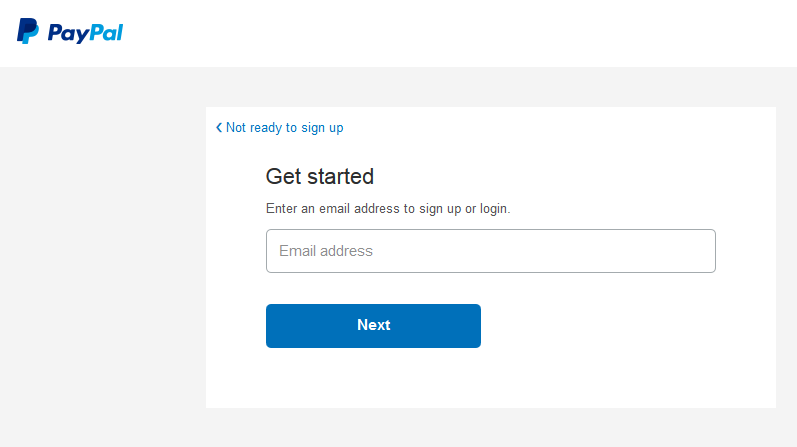


 To help you build a plan to convert those happy customers into satisfied reviewers, we spoke to Matt Morris, Marketing Automation Manager here at Shopify. While he was clear email isn’t the only way to encourage your customers to leave reviews, it’s a useful channel to start with when you’re looking to solicit reviews from exactly the right people.
To help you build a plan to convert those happy customers into satisfied reviewers, we spoke to Matt Morris, Marketing Automation Manager here at Shopify. While he was clear email isn’t the only way to encourage your customers to leave reviews, it’s a useful channel to start with when you’re looking to solicit reviews from exactly the right people.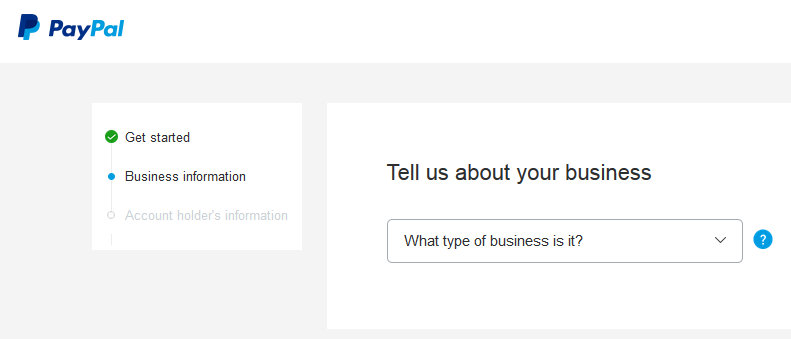
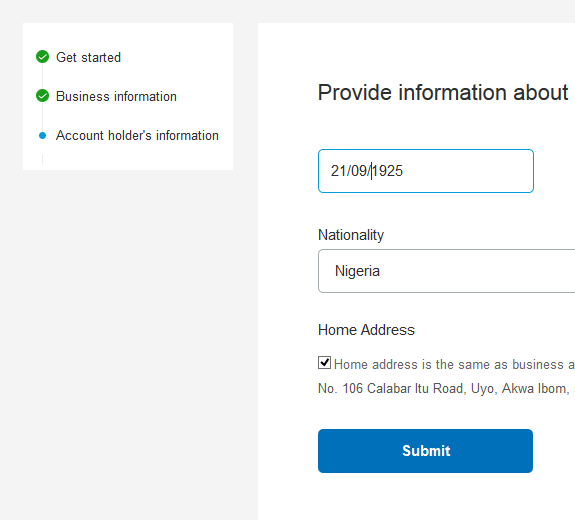
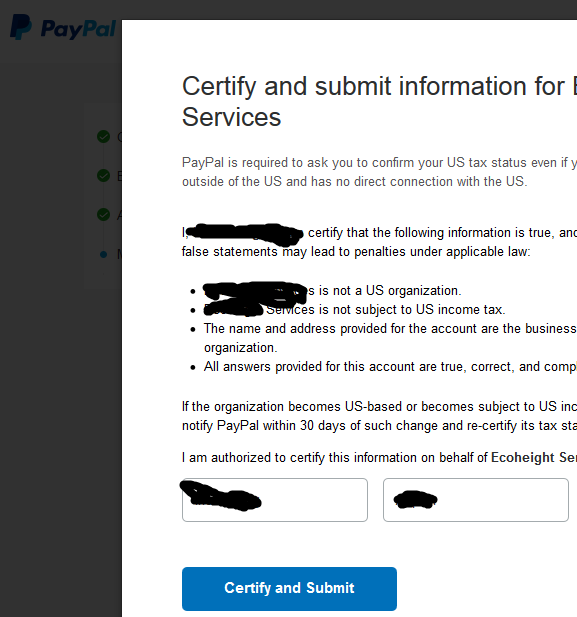
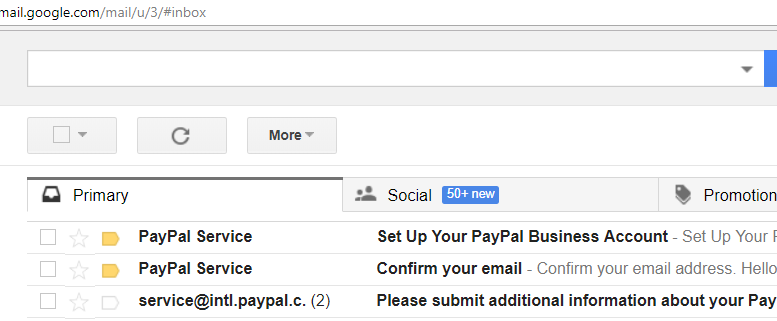
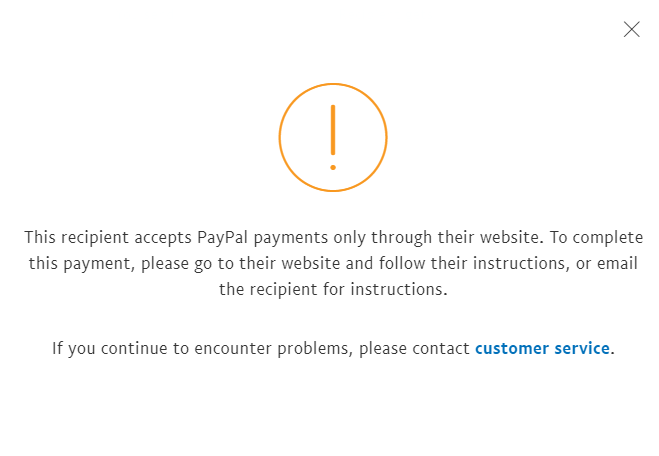



























 About The Author
About The Author